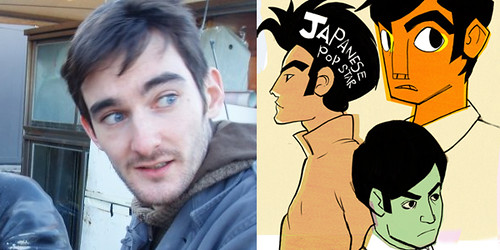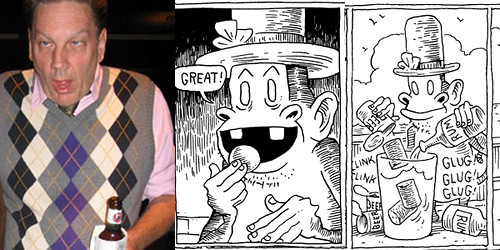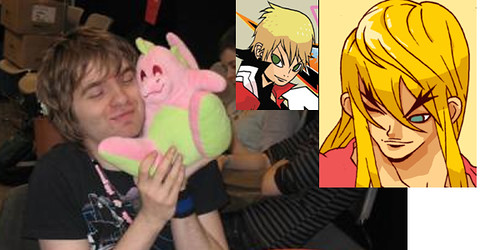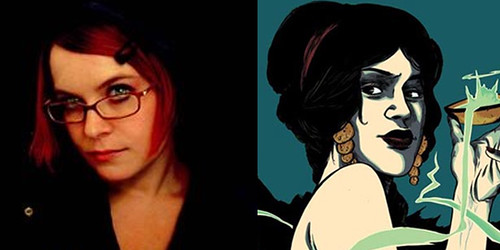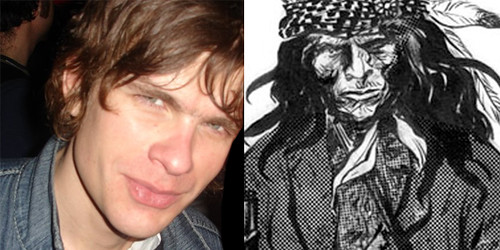I read an unfortunately titled article on io9 that claimed that this application was going to make comic books obsolete, and i could not disagree more. Heres why.
The Uclick solution is only good if you consider a comic to be nothing more than a book with pictures. While Uclick might work for some marvel and DC comics, it will never be able to translate Watchmen's beautiful page layouts and formatting

It will never be able to translate Chris Ware's experimental panel directions and page design.

(Definitely click for a full view)
It will never be able to show the intricate detail and power of a Geoff Darrow book.
Click these images for a full view, then imagine looking at them on a cellphone screen.


All of these lead to one thing: It will never let comics grow as a medium. It changes the visual language of comics into illustrations. It makes comics into illustrated books with one picture per page. Just having word balloons and pictures in a rectangle doesn't make something a comic. As Scott Mccloud says, comics are a medium where the reader does the storytelling. The gutter, that blank space between panels, is where the story happens. It allows the reader to see what happens between a panel and another panel, without actually seeing it.
If someone throws a ball in one panel and someone else catches it in the next panel, the reader knows that in that gutter space the ball travelled through the air between the first person and the second.
The io9 article says that reading Bone on the iphone is a better experience than reading the actual book, but reading the article makes me doubt that the author had read Bone before. If you haven't read it, it's a story about a tiny bone shaped creature and two of his cousins who are driven out of their home and find a valley full of dragons and monsters and kind young girls, and then are suddenly thrust into the middle of a war. I would call it the Odyssey of comics because of the epic size, scale and powerful journey that the characters go through. I cant imagine reading this on an iPhone screen because of panels like this.

A full page shot of the lord of the locusts surrounded by a group of rat creatures as smoke rises into the night sky, on the iphone, would be the exact same size as a tiny panel where two characters talk.

There is nothing wrong with illustration or illustrated stories, but it is foolish to assume that you can take a comic and read it panel by panel and still have the same sense of pacing as reading page by page, and it is even more foolish to assume that one could replace the other.
